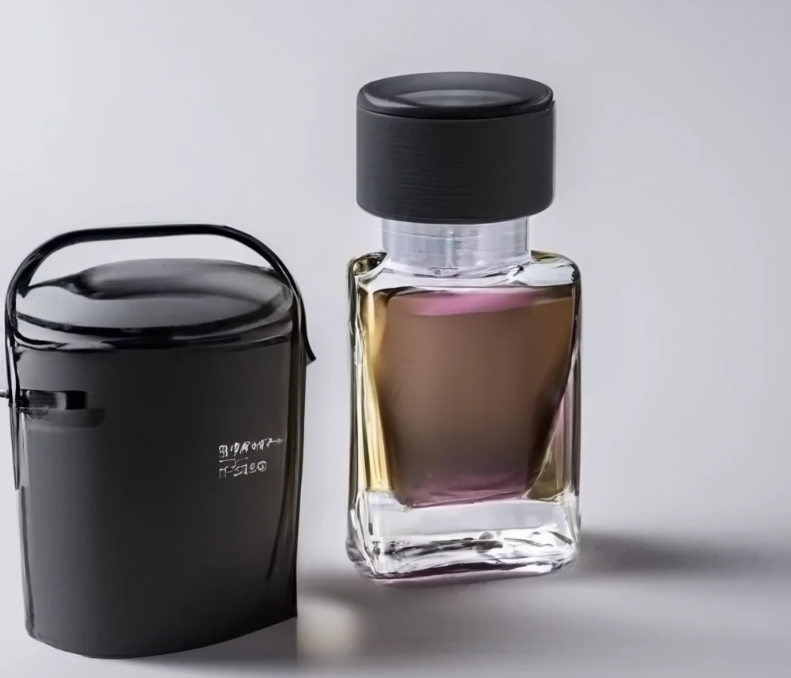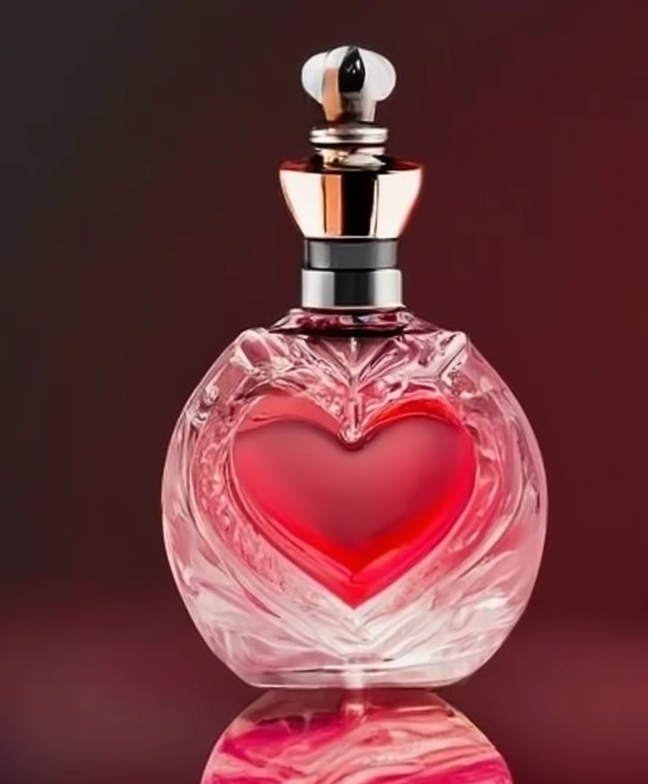
The Intricate World of Perfumes: How Do They Work?
Perfumes are more than just pleasant scents; they are complex compositions that interact with our senses in fascinating ways. Let’s delve into the enchanting world of perfumes and understand how they work.
The Composition of Perfumes
Perfumes are unique arrangements of notes, similar to the instruments in an orchestra, each playing its part to create a harmonious olfactory melody:
- Top Notes: These are the first impressions, the lively citrus and sparkling fruits that dance across your nose immediately upon application.
- Heart Notes: These take center stage after the top notes fade, offering warm florals and spicy whispers that linger.
- Base Notes: These anchor the composition, providing depth and longevity with deep musks and woody ambers.
As you wear a perfume, these notes unfold in succession, painting an olfactory story that evolves throughout the day.
The Science of Scent
The intoxicating experiences we associate with perfume are the result of a fascinating dance between fragrance molecules and the olfactory receptors in our noses. As we inhale, perfume molecules travel up the nasal cavity, bind to specific olfactory receptors, and send signals to the olfactory bulb, a part of the brain responsible for processing smells. The brain then interprets these signals, translating them into the familiar scents we recognize and enjoy.
Interestingly, the perception of scent is highly subjective and influenced by individual factors like genetics, personal experiences, and even mood. This means that the same perfume can smell completely different on two different people!
The Art of Perfumery
Creating a perfume is an art form that requires a deep understanding of olfactory science, a keen sense of smell, and a touch of artistic flair. Perfumers carefully select and blend different notes to achieve their desired effect, considering factors like the desired scent profile, the target audience, and even the emotions they want to evoke with their creation.
The Power of Scents
The allure of perfumes extends far beyond their ability to make us smell good. Scents have the power to evoke memories, trigger emotions, and even influence our behavior. So, the next time you reach for your favorite fragrance, remember the intricate journey it took to get there, from the fragrant fields to the perfumer’s palette, and finally, to your pulse point.
Additional Information
Perfumes typically consist of 78 to 95 percent ethyl alcohol, with essential oils making up the remaining ingredients. The staying power of a scent compound in a perfume depends on its rate of evaporation. Fragrances designed for men are generally classified as citrus, spice, leather, lavender, fern, or woody.
The art of perfumery dates back to ancient civilizations, including the Chinese, Hindus, Egyptians, Israelites, Carthaginians, Arabs, Greeks, and Romans. Modern perfumery began in the late 19th century with the commercial synthesis of aroma compounds such as vanillin or coumarin, which allowed for the composition of perfumes with smells previously unattainable solely from natural aromatics.
Remember, the next time you encounter a captivating fragrance, it’s not just a scent but a symphony of notes playing out within your own unique olfactory landscape.

Here in Pertinacia Perfume we sell authentic perfumes at discount price!
Find our best selling fragrances!
View All of Our Authentic Products
Mens Perfumes / Fragrances / Colognes
Womens Perfumes / Fragrances / Cologne
Follow us on Instagram | Facebook | Tiktok | Youtube | Shop App | Review Us





0 comments